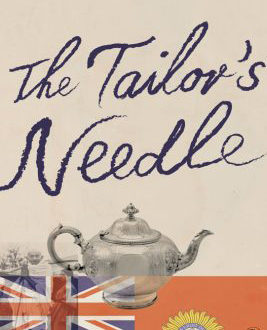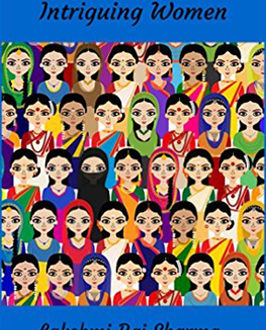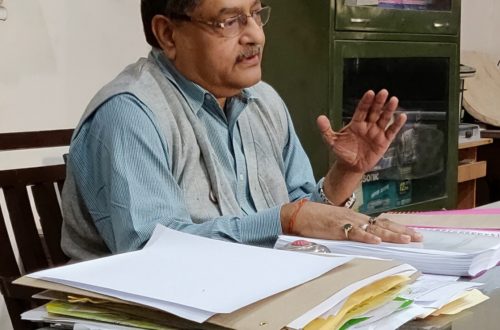The Kapil Sharma Show
Theatre and drama have the unique ability to connect people with the ideas of the times without requiring them to read or think too much on their own. The Kapil Sharma Show adds theatrical techniques and drama to its other components, turning it into a weltering jumble of entertainment that appeals to the lowest of the low, even though it has the capacity to hook the classy. If reduced to its generic categorization, it could be called slapstick comedy. But, in fact, it is much more. It is a platform for introducing new films to the audience, with the cast and crew on stage. When there isn’t a new film available, a musician, sportsperson, or other dignitary who desires publicity is invited to become more visible. There seems to be no more effective medium for publicizing in India, because television and the internet quickly spread whatever happens on Kapil Sharma’s stage. It is the little dramatic skits, however, that provide much of the comedy.
Some might not want to watch this show, considering it lowbrow, and may be quite justified in their decision. The show looks cheap at times, aimed at lower social circles. But this is what needs to be understood. Even most of our films aim at virtually everyone. It is all a game of numbers, ultimately, a question of how much money will flow into a project because of the number of people who can be roped in. Kapil’s genius can put something for everyone in the script. Seeing this show, one realizes what a thin line divides what is culturally highbrow and what is meant for guttersnipes. Ultimately, we are all of the same kind; we begin to like what our lives have led us towards. With time, we can easily return to where we started from. Shakespeare well realized this point. He wrote plays in a language that was to shape English in both its culturally refined and its vulgar forms. Kapil Sharma’s genius lies in doing something very similar, not in language but in action.
The chief ingredient of this show is comedy. Comedy is more inclusive than more serious art forms; the principal aim is to make people laugh at other people’s expense. It is supposed to make us discover our follies and correct them. In making this happen, the actor or performer can go beyond the script by adding their own corrective measures through body language and voice modulation. Here is where Kapil Sharma stands to gain. He writes the script, enacts it, or directs other actors to convey something lying deep within him. He never pretends to cater to the cultured few. It is as though there is a clash between culture and nature, and Kapil is on the latter’s side. The strange thing about stage performers is that if they focus on a particular kind of audience, most categories of audiences begin to appreciate them. This is what some theorists of drama believe.
Comedy uses satire. It targets a person, an idea, or a behaviour that the writer and actors consider odd, stupid, or simply wrong. Its canvas encompasses society at large; it aims to improve society. The slapstick mode of comedy can push the edifying element and the instruction to the lowest social strata, where actions convey more meaning than words. Kapil Sharma exploits the fact that today’s audiences don’t want extended sermons or discourses; they want entertainment rather than thought. Kapil Sharma’s team is well-equipped to put plenty of action into their words. These performers remove all barriers of communication by including songs, instrumental music, and even dance. They rely heavily on language, but not entirely. Sound and sense combine to bring forth what they have in mind for the audience.
Interestingly, Kapil Sharma’s show shares several ways with Shakespeare’s theatrical performances. It addresses society at large rather than particular social classes. Like Shakespeare’s fools, it ridicules the mighty and the meek alike. Besides, just as Shakespeare’s plays used boys to play female roles (his times needed that), similarly, Sharma’s shows use men to play women’s roles (even though his times don’t require that). This transvestite state of affairs helps in emphasizing traits that seem wrong in a gendered situation. Men in women’s clothes can better bring out whatever seems odd in men and women, men wearing women’s clothes and vice versa. Shakespeare’s heroines in his comedies, and Cleopatra, played these transvestite games. Another striking similarity between the plays of Shakespeare’s contemporaries and Kapil Sharma’s shows is the constant interaction, even dialogue, between privileged members of the audience and the players on stage. In Shakespeare’s times, a patron lord could ask an actor to repeat his lines in a different manner or style, just as the one sitting in the central chair (Navjot Singh Sidhu, Archana Puran Singh, or guests sitting on stage) can speak in between the performance, or laugh out louder and more spectacularly than others to convey a point of view. Just as Kapil’s guests on stage are distinguished people, Shakespeare’s playgoers included lords, ladies, and even a British monarch, such as Queen Elizabeth or James I. The theatre didn’t cater to any one class but to all, just as Kapil Sharma’s audiences are diverse, and the television and internet make them even more diverse.


